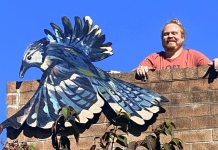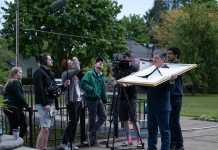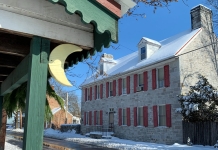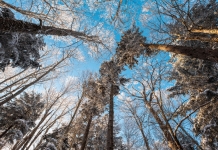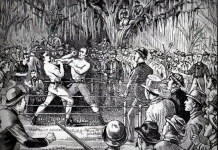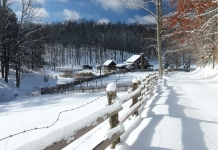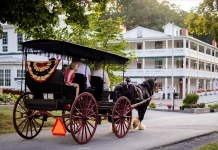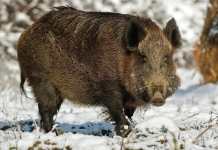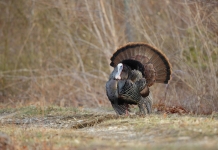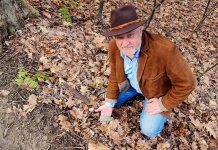After a day of treading through grass, brush and thorns, I had a large, bloody gash on my ear. My grandfather relayed to me the first rule of rabbit hunting – if you don't come home a bloody mess, you haven't rabbit hunted hard enough.
I wondered “how did Daniel Boone find the Cumberland Gap in this thorny mess?”
The truth is, he didn't have to. In fact, Daniel Boone likely had very few thorns stick in his buckskins. The multifloral rose plant that is such a – pun intended – thorn in our backsides today was introduced in the early 1900s – on purpose. It was planted for windbreaks, as wildlife cover or in hedgerows to confine livestock.
On of the more unusual stories behind flora and fauna that don't belong here is the starling. As the story goes, a man introduced the starling to New York City in the late 1800s in an effort to bestow some grand gift to America of every bird mentioned it Shakespeare (luckily he didn't feel the same way about the viper in “Anthony and Cleopatra.” The starling reference is from King Henry IV, Part One, where Hotspur says he'll get a starling to “speak noth but Mortimer,” to aggravate King Henry IV, whom Hotspur isn't too crazy about. There's a small chance that story might be urban legend, but it illustrates just how fleeting the causes of significant changes in the makeup of our outdoors can be.
There are numerous animals and plants brought here during the Columbian exchange in the late 14th and 15th centuries to the present day. Some of those were catastrophic, like the Chinese chestnut – which eradicated the American chestnut, changing the makeup of our land forever.
Some cause catastrophes only trained eyes can notice – such as the non-native garlic mustard choking out native plants. Others, like zebra mussels and snakeheads (a fish that can actually get up and walk from one pond to another) have biologists currently scrambling to protect our native wildlife from them.

